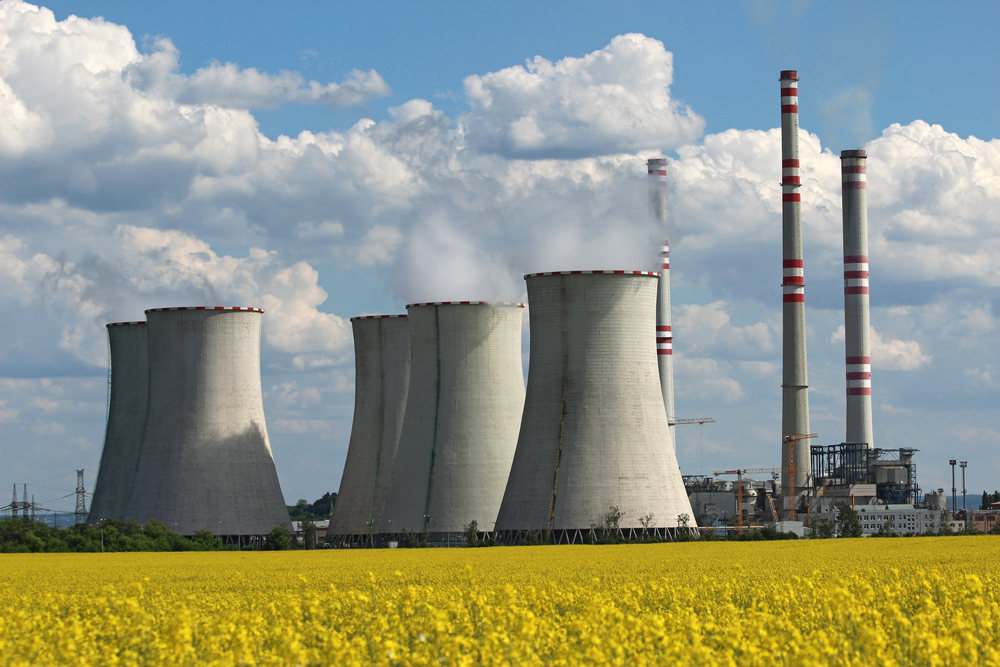Social Science in an Emergency: An Interview with Andrew Miller MP
 In 2011 the Science and Technology Select Committee published the report Scientific advice and evidence in emergencies, examining the role of science when emergencies such as the H1N1 influenza pandemic and the volcanic ash disruption occur. Andrew Miller, MP for Ellesmere Port and Neston and chair of the Science and Technology Select Committee, spoke to socialsciencespace about the role he saw for social scientists in such emergencies.
In 2011 the Science and Technology Select Committee published the report Scientific advice and evidence in emergencies, examining the role of science when emergencies such as the H1N1 influenza pandemic and the volcanic ash disruption occur. Andrew Miller, MP for Ellesmere Port and Neston and chair of the Science and Technology Select Committee, spoke to socialsciencespace about the role he saw for social scientists in such emergencies.
What is the role you see for the social sciences when emergency situations arise?
The big issue is communicating risk to the public, and behavioural scientists are mission critical to that. That’s recognised both in our report and the government’s official response to our report, and is something people are increasingly spending time thinking about. In many cases the public response to potential risk is driven by media knee-jerk responses rather than any sensible analysis of public information that is out there, the most extreme example of which was the MMR saga. Pure scientists need to engage more effectively with social scientists and find ways of sharing their findings in a meaningful manner.
What are the barriers to social scientists engaging with the government and the public?
There is a language issue, and whilst there are concepts in the “hard” sciences that may be more obviously difficult for the public to understand, I don’t think any discipline is immune to the problem. I remember sitting in a conference in Paris a couple of years ago listening to a French sociologist, and I didn’t understand what he was saying. I looked around and realised almost everyone in the room, including French colleagues, were twiddling the knobs on their headsets to find a language in which it made sense.
It’s important that people handle information in an intelligent way, and social science has a huge role in this. A good example is the change in the way weather forecasts have been communicated in the US over the last ten years. Ironically there is greater faith in the US weather forecasting system than in the UK weather forecasting system, despite the UK’s being considered the world’s best. This is because US forecasting is based on explaining probabilities, rather than the trivialising of forecasts that we see in the UK on some regional channels where we have forecasts such as “we’ll have spots of rain tomorrow”. When spots of rain don’t fall people will say the forecast was wrong, when in fact the forecast was not wrong, but the information has been communicated badly.
What part does politics play in the sharing of scientific information?
At one extreme you may have a situation where a minister has no choice but to put information in the public domain that has been given to him, but it is important that the information is put to him in such a way that truth is communicated. For example, when the health secretary was given data about the worst case scenario for swine flu, that 65,000 might die, he is confronted with a piece of information that he could not withhold from the public. But at the same time the manner in which it was communicated both to him and the public left a lot to be desired. Whilst the worst case scenario should have been shared with the public, more effort needs to be given to emphasising the most likely scenario.
There will inevitably be areas where public policy and science collide. There will be some areas where policy is more conservative than scientists would desire, and other areas where policy may be more liberal. Policy is driven by a broader impact than just one area in isolation.
What should social scientists be doing to contribute to the dialogue?
Social scientists need to ask themselves the question: how can we engage more effectively with the public when emergency events occur? Social scientists ought to be looking at the risk register which is in the public domain and asking themselves now, how can I help using my particular skill set to communicate what is a very difficult area of public policy.






























































































